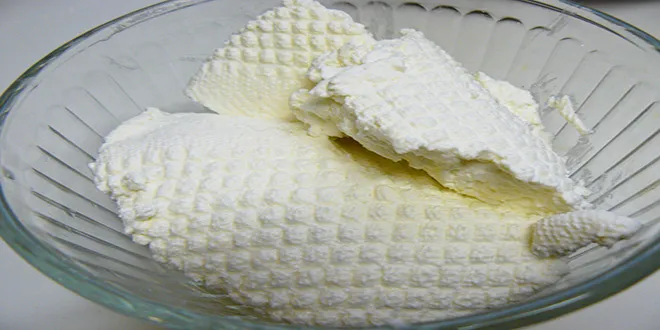
Faithful to our taste for history, today we want to investigate a little about the origin of a food that has been used in almost all the world's kitchens. Sure, we refer to yogurt . We invite you to learn more about this super nutritious and delicious food , whose origins are lost in the dawn of human civilization.
Yogurt and its desert origin
Imagine the scene: a long line of people walking through the desert, about 5,000 or 6,000 years ago. I get their goats, their camels and other animals, which is a very curious group if we look at it from afar. Men, women and children of all ages on camels that walk slowly and heavily under a scorching sun.
there, in the distance, you see the stain of the oasis and the heart are happy, because in a short time they will be resting under the cool shadows of the date palms, drinking water and replenishing forces.
The camels carry the loads of their accoutrements, clothes, fabrics, dry meats, and bags of goat skin , obtained with their stomachs, full of fresh milk freshly milked in the morning.
At the end of the hour, when the shops arrive and the stores are ready, the women prepare the food to calm everyone's hunger.
The surprise never ends when they notice that the milk, liquid in the morning, is now coagulated and pasty, and has an acidic flavor . Each morning they fill goat skin bags with fresh camel milk, which, because it contains residues of the previous paste, transforms the liquid milk again, aided by the heat of the bag and the environment.
imagine how brave was the first to try that, and who realized how rich it was.
Undoubtedly, this scene can be attributed to many people, among them, the Thracians , who lived in what is now Bulgaria , around 6000 or 7000 BC
But tradition, and evidence, locate the origin of this fermented milk in Turkey , but also in the Balkans or Central Asia. And there are even those who suggest Sumer , the current Iraq.
The word yogurt comes from the Turkish word yoğurt , which in turn comes from the verb yoğurmak , "amasar". These ancient nomads knew the benefits of this primitive and spontaneous yogurt, and the Thracians knew how to ferment milk to obtain cheese and, of course, yogurt.
In Turkey, since untimely times, they boiled the milk for a long time in open containers, let it warm and added a portion of a previous yogurt, which they waited for it to cool; thus they obtained this delicacy that benefited their health.
Milk of ...
Obviously, they used the milk of various mammals. Originally it was the female of the camel, of the mare, of the goat, of the sheep. The consistency and flavor depended a lot on the animal and the quality of its milk. We imagine that little by little the taste was discarding some species, and so the goats and sheep remained, although the mares continued to be quite used.
In India, as we discussed in another article, cows were named sacred animals, but that did not mean they were not used in other ways.
In fact, in India a lot of cow's milk yogurt is consumed.
Scientific discovery
Like almost all discoveries, the properties of yogurt were noticed by chance. A microbiologist of Ukrainian Russian origin, Dr. Elias Metchnikoff , formulated his famous theory of "phagocytosis of immunity", which explains the ability of the human body to fight infectious diseases, which earned him the Nobel Prize in 1908. To do this, studied the bacteria and the effects of dairy ferments in the intestine.
He was aware that in certain towns of the Caucasus its inhabitants lived longer, and began to study the diet that these people ingested. He realized the unmistakable presence of yogurt and assumed that because of it they were more long-lived.
Today we know that yogurt does not extend life especially, but maintains intestinal health.
The bacteria present in yogurt are Lactobacillus bulgaricus and Streptococcus termophilus or Lactobacillus acidophilus . Thanks to Metchnikoff, in the early twentieth century, the rest of the world knew the nutritional and healing power of yogurt.
Today there are yogurts for all tastes, but to obtain all its benefits, you must make sure that the yogurt you drink has active bacterial cultures . Otherwise, you will only be drinking sweetened thick milk.
you prefer you can prepare it yourself, with the famous kefir , or boiling milk and adding a firm yogurt, just as they did in Turkey thousands of years ago.